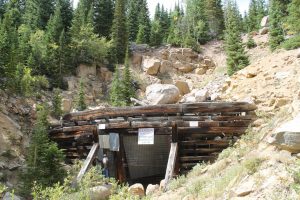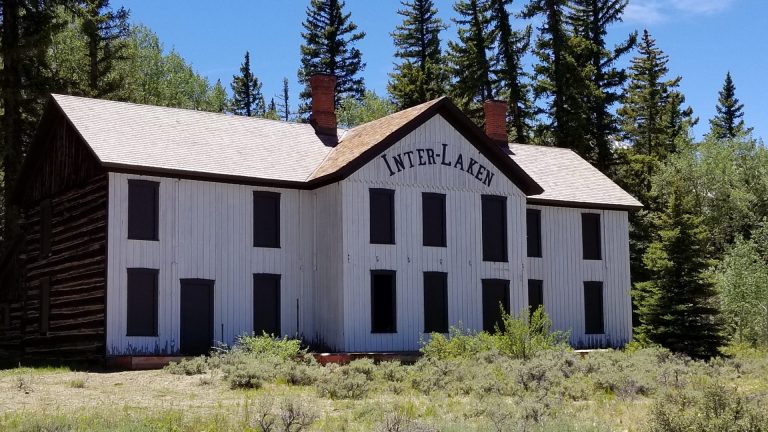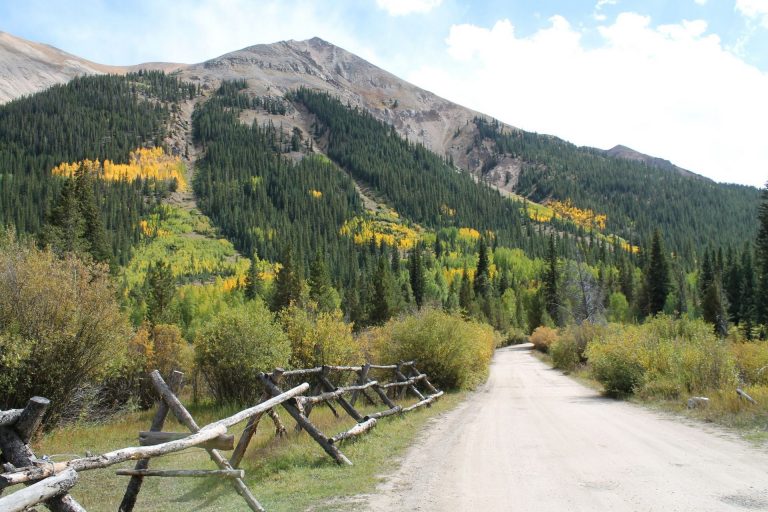In April of 1860, prospectors struck gold in California Gulch near present-day Leadville. Within the month, 10,000 people had descended upon the area, establishing multiple boom camps in hopes of finding fortune. Seventeen years later, the silver boom would bring another wave of prospectors, establishing Lake County as one of the nation’s greatest mining centers.
 During its boom days, California Gulch was broken into 330, 100-foot claims. Today, Leadville’s 24-square-mile mining district is a fantastic graveyard of frontier mining with 1,330 shafts, 155 tunnels, 1,600 prospect holes, and 200 miles of old underground workings.
During its boom days, California Gulch was broken into 330, 100-foot claims. Today, Leadville’s 24-square-mile mining district is a fantastic graveyard of frontier mining with 1,330 shafts, 155 tunnels, 1,600 prospect holes, and 200 miles of old underground workings.
Rockhounds can connect with Leadville’s rich history by chipping away at the city’s large array of mines, rock formations, and tunnels. Though many mines are located on private property, there are public areas like Mosquito Pass, Hagerman Pass, and the Julia Fisk Mine, which is located on the north side of Iowa Gulch, east of Leadville. This is one of the more popular and productive mines in the district. Here, rockhounds can expect to find galena, siderite, dark brown sphalerite, and rhodochrosite with pale pink scalenohedrons up to .25 inches.



